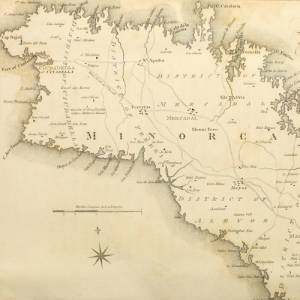The Hood Island Tortoise Captive Breeding Program
1971 CE • Galápagos Islands
“In 1971, the 14 (two males and 12 females) remaining wild tortoises on Hood Island were brought to the Charles Darwin Research Station for captive breeding. With only two males, there was not much genetic diversity, but this was enhanced in 1978, when the San Diego Zoo identified a tortoise in their collection as a Hood Island specimen and returned it to the Charles Darwin Station. This group of 15 tortoises has now produced more than 2,000 hatchlings, which have been release to their home island, some of which are now grown and reproducing naturally in the wild.”
Jerry D. Fife, “The Current Status of Galapagos Tortoises,” REPTILES Magazine, February 29, 2012.
Image: Minglex. Geochelone Hoodensis. Digital image. 10 Oct. 2005. Web.


Learn about Maya Lin’s fifth and final memorial: a multi-platform science based artwork that presents an ecological history of our world - past, present, and future.

Discover ecological histories and stories of former abundance, loss, and recovery on the map of memory.

Learn how we can reduce our emissions and protect and restore species and habitats – around the world.

See how art can help us rethink the problems we face, and give us hope that each one of us can make a difference.

Help make a global memorial something personal and close to home. Share your stories of the natural world.


